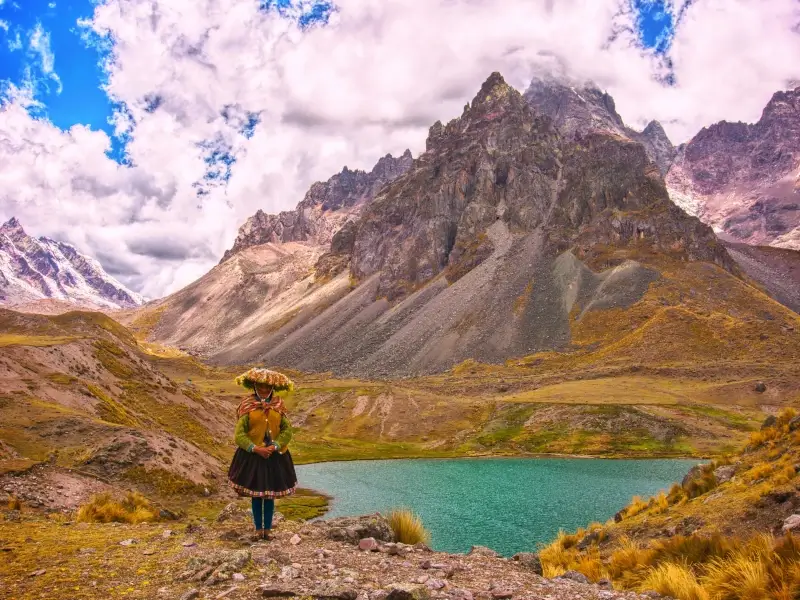- Tours & Packages
- Cusco Tours
- Arequipa Tours
- Nazca Tours
- Puno Tours
- Amazon Jungle Tours
- Tambopata Amazon Eco Tour 2 Days from Puerto Maldonado.
- Tambopata Amazon Eco Tour 3 Days from Puerto Maldonado.
- Tambopata Amazon Eco Tour 4 Days from Puerto Maldonado
- Manu Amazon Eco Cultural Tour 4 Days from Cusco
- Manu Amazon Reserved Zone Tour 8 Days from Cusco
- Tambopata Jungle Amazon 3 Days tour Puerto Maldonado
- Tambopata Amazon Tour from Puerto Maldonado 4 Days
- Puerto Maldonado Tambopata Monte Amazon Lodge 2 Days Tour
- Peru Tours
- Peru Andean Tour 6 Days
- Peru Adventure Tour 7 Days
- Peru Fast Tour 7 Days
- Peru Fantastic Tour 8 Days
- Peru Inca Tour 8 Days
- Peru Incaico Tour 8 Days
- Peru Unforgettable Tour 9 Days
- Peru Chasqui Tour 10 Days
- Peru Odyssey Tour 10 Days
- Peru’s Treasures: Tour 12 days
- Peru Journey Tour 15 Days
- Peru Traditional Tour 6 Days
- Peru + Inca Jungle Trek 8 Days
- Machu Picchu Tours
- Full-Day Group Tour of Machu Picchu
- Private Full Day Tour to Machu Picchu with Vistadome Observatory Train
- 2 Days Machu Picchu tour by Train
- 2 Days Machu Picchu Tour by Car.
- Sacred Valley + Machu picchu 2 Days Classic.
- Maras Moray + Machu Picchu 2 Days
- Sacred Valley + Machu picchu Tour 2 Days Conection
- Alternative Treks
- Day Trips
- Day Treks
- Humantay Lake Trek 1 Day
- Waqra Pukara Trek 1 Day Ultimate
- Ausangate Seven lagoons Trek 1 Day Ultimate
- Palcoyo Rainbow Mountain Trek 1 Day Alternative
- Vinicunca Rainbow Mountain Trek 1 Day Traditional
- Waqra pukara Trek 1 Day.
- Vinicunca Rainbow Mountain Tour 1 day on Quad Bike
- Humantay lake
- Ausangate 7 lagoons Trek 1 day Ultimate
- Day Tours
- Cusco City Tour Half Day.
- Sacred Valley of the Incas Tour 1 Day Classic.
- Moray, Maras Salt Mine Tour Half Day From Cusco
- Moray, Maras Salt mine + Sacred Valley Tour 1 Day from cusco.
- Cusco City Tour Half Day Complete
- South Valley Tour Half Day from Cusco
- Tour to Machu Picchu 1 Day by Train from Ollantaytaytambo
- Cusco Sacred Valley of the Incas Tour 1 Day Classic
- Day Activities
- Day Treks
- Inca Trail Treks
- Blogs



